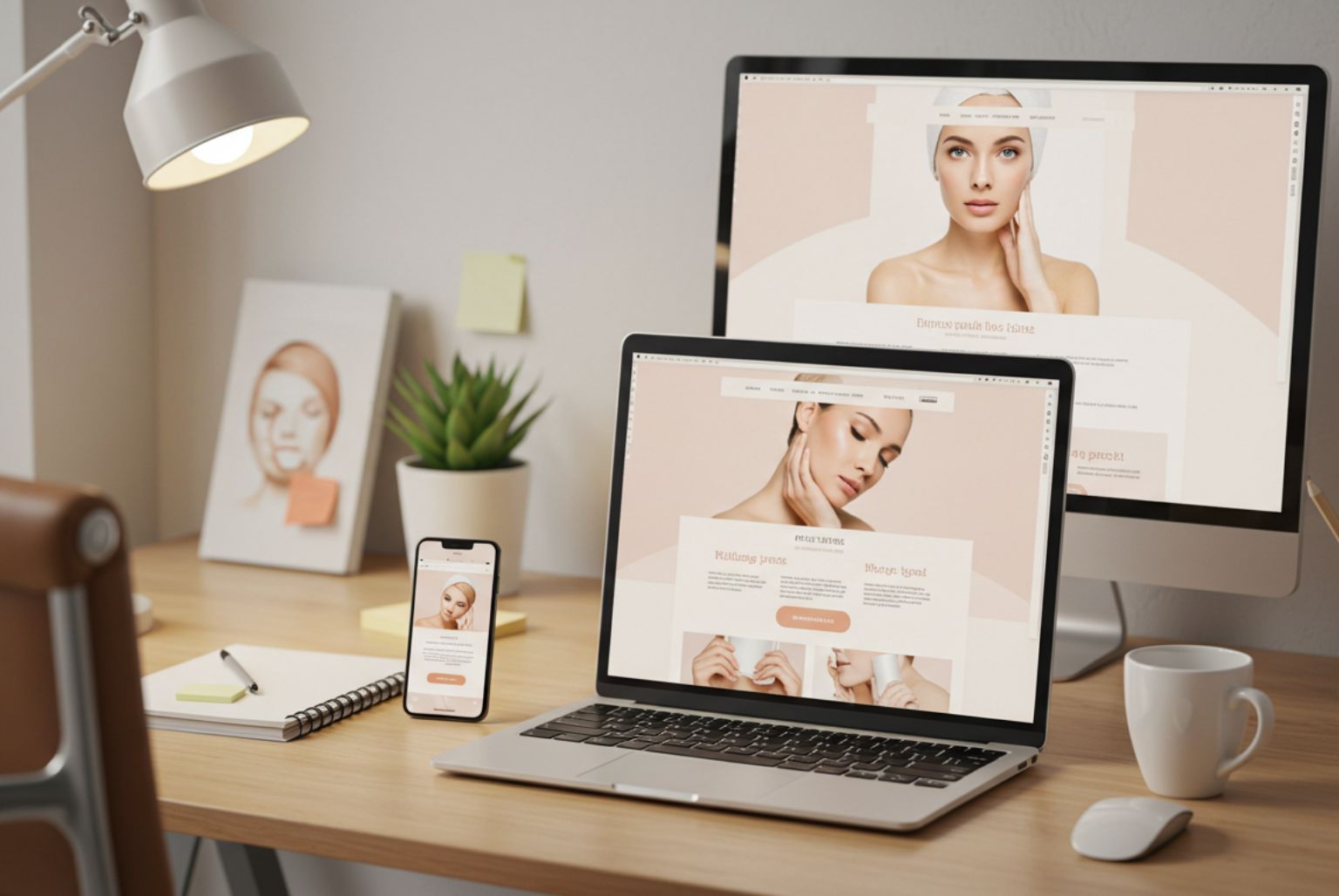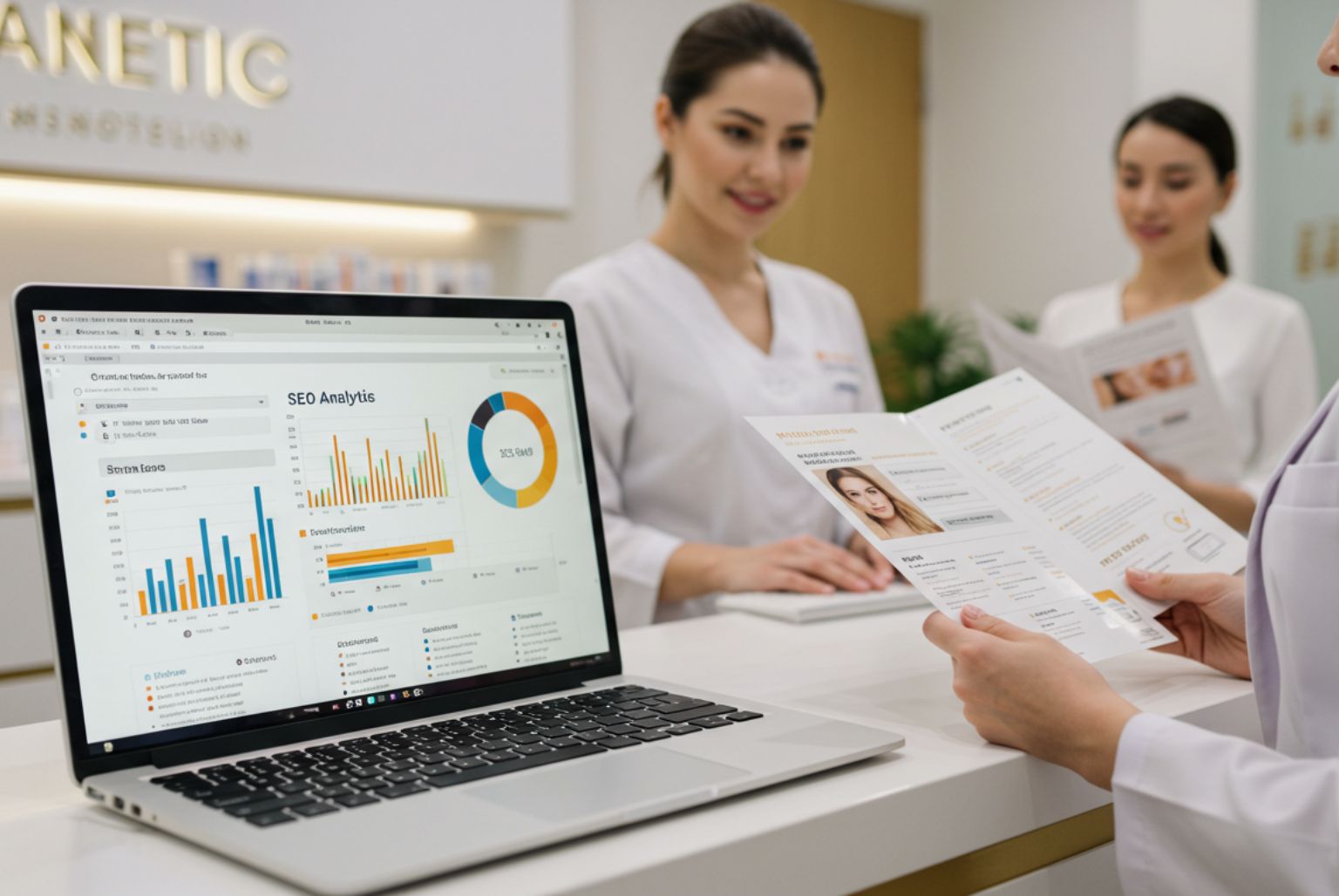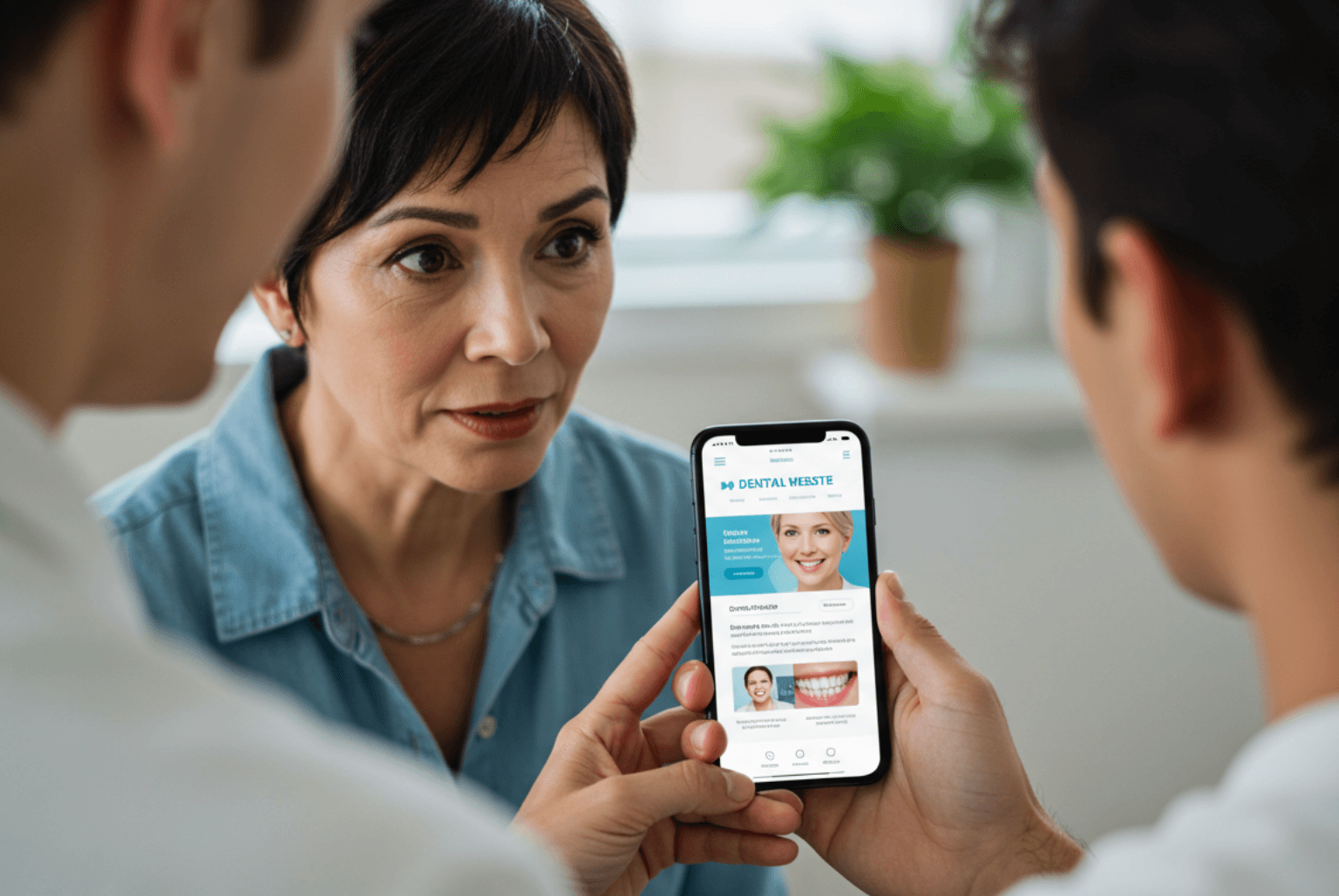When it comes to creating or updating your website, personalization should take center stage. Why? Because it can provide a tailored experience to new visitors and returning clients, showing (or reminding them) why you should be the clinic of choice for their next treatment. In fact, the numbers speak for themselves – 75% of people want to buy from a business that knows them by name and 77% of companies agree that personalizing their marketing will increase results.
Personalization covers so many different aspects of your website experience, from how you speak to your clients, to specific services you might offer them. Using data, you can give your clients a more bespoke approach to your business and can boost satisfaction, site visits, and conversion along the way – all while enhancing your brand reputation. Here’s how it’s done.
1. Tone of voice
It’s absolutely key that you address your audience both effectively and personably, communicating your messages and values clearly, while ensuring they’re educated and informed where necessary. You’ve likely heard about the trend in ‘humanizing’ businesses, turning them from faceless corporations into brands that interact as a friend might. Consider Innocent Smoothies, probably the first modern brand to inject some personality into their business – there’s a reason this brand is so successful.
2. Photography & videos
While there’s always a place for beautifully curated stock imagery, especially in an aesthetics marketplace, nothing brings a personal touch like considering shots of your clinic, location, results, and your team to encapsulate the patient experience. We’re naturally curious, so peeling back the curtain on your practice can make your future client feel more at home, and boost trust in your business. It can also help your clients to visualize their experience and how they might look and feel afterward.
3. Reviews
Some businesses don’t prioritize reviews, believing there’s no place for them on their website – especially with Trust Pilot, Facebook, and Google reviews in place. But these sites can actually be integrated with your own website to provide further kudos and build trust, and communicate your brand in ways you may not have thought of – all while cementing your credentials and expertise. In fact, your reviews make one of the most visited pages on any given website.
4. Blogs
As language is so useful in communicating your personality, it’s no surprise that your blogs are a great place to start when both building an identity and reaching out to your clients. It’s here, on your website, that you’ll be able to recognize trends or answer common client questions – showing you’re well in the loop of what your clients are interested in.
5. Pop-ups
Pop-ups are annoying and there’s a simple reason why – they’re often ill-thought-out, irrelevant, or simply in the wrong place at the wrong time. By considering your client’s next steps, you can provide a pop-up solution or suggestion that shows you understand them. Tailor pop-ups to your page and the customer journey – for example, if a client is looking at a treatment, slide in a box that allows them to fill in their details and book a consultation. Or if they’re browsing reviews, why not use a pop-up to suggest they sign up for your emails or follow you on social? Whatever you decide, ensure it’s well-timed – either use your pop-up with a tailored message on a specific page or run one after a specific number of pages or time limit.
6. Popular products
If you’re an e-commerce website, or looking to sell a skincare range in the future, recommendations are absolutely essential. Whether it’s similar products that your client may be interested in, or popular purchases from like-minded shoppers, it shows you have an insight into their wants and needs. Again, relevance is absolutely key – to ensure the products are related to what your client is shopping now (or has shopped previously).
7. Local search engine position
All your website content should be written with SEO (search engine optimization) in mind, and you can use local SEO to not only refine your targeting but to appeal on a personal scale to those most likely to be searching for your treatments. Local SEO could convert half your leads and what’s more, potential clients are using it – 95% of smartphone users reportedly perform local searches.
8. Google Remarketing
If your visitor or client has left your website, that doesn’t have to be the end of their experience with your brand. There’s still hope in turning a visitor into a customer. Thanks to Google Remarketing, you can target those users again through cookie data, which can place relevant ads on other websites. Common tricks of the trade are to display skincare products they might have clicked on, offers, or similar products they may be interested in.
How to implement your changes
Use data – every area of digital marketing is underpinned by solid data, which allows you to determine habits and preferences and adapt your content and strategy accordingly. Through data, you can see which pages your visitors dwell on, which pages are causing them to leave straight away (bounce rate) and which areas they click on. This can ultimately pinpoint which areas you need to focus on personalising to enhance experience across the website. In other words, there’s little point in making changes to your website, if you don’t have the means to measure their impact.
Try surveys – it’s one of the oldest marketing tools in the book, but surveys really do work – and what’s more, 89% of customers want to share their input. They can help you gather feedback on what’s working and give insight into the marketplace.
Leverage email – there’s no better way to segment your customers than through email marketing. Personalize your email, message, and content to your clients by creating specific sub-categories of your clients based on which articles they open, read, or click on for more information. For example, when emailing about a new machine or technology available at your clinic, you can target those who opened and clicked on the email with a follow-up containing a relevant offer.
In summary, people don’t just like to buy from people they know – they like to buy from people who know them. Using personalization, you can boost your business (such as driving repeat purchases, improving upsells, and increasing retention) all while driving down the behavior you don’t want (such as bounce rate).
To get a handle on all things personalization, don’t hesitate to contact our expert team today.




